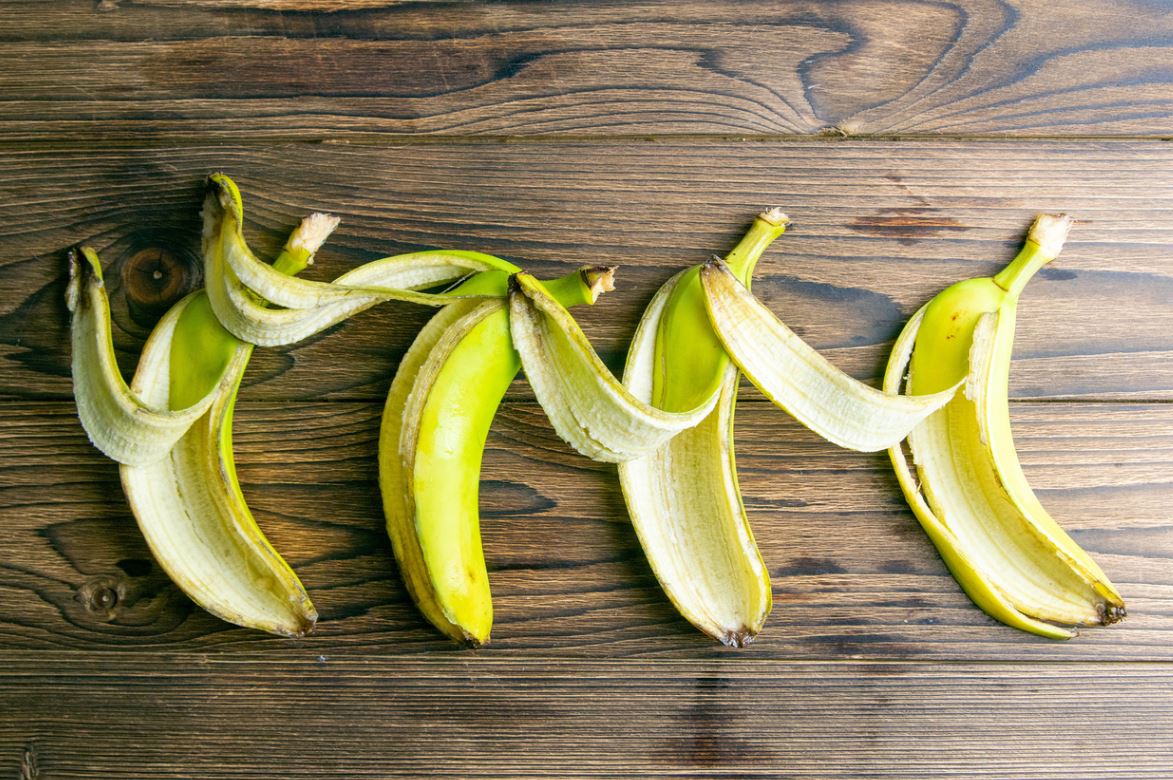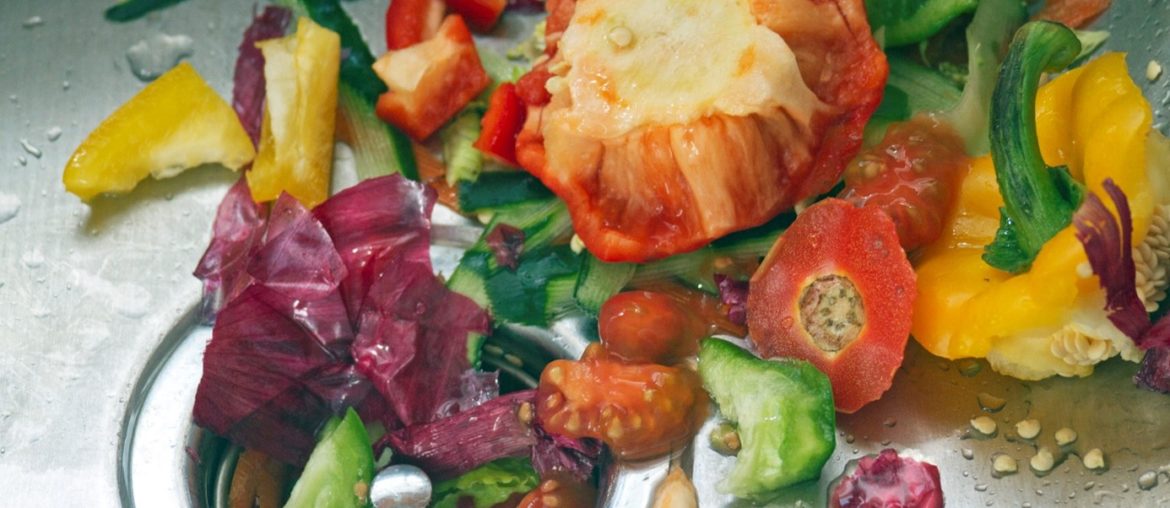Peelings are often wrongly considered as simple food waste, in fact they can do you a lot of services, especially in the garden. Instead of throwing them away systematically, put them aside and read on. You will see that these have virtues sometimes unknown. Rich in nutrients, they are appreciated by plants. Find out how to recycle and recycle peelings intelligently.
Use the peelings in compost
If you have installed a composter somewhere in the garden, the peelings naturally take place there to obtain quality compost. They are considered as green waste which complements the brown waste such as cardboard, straw, dead leaves… This allows you to obtain a perfectly balanced compost. Mix it regularly and let it ripen quietly. It is then transformed into natural fertilizer which enriches your green spaces and your planters.
However, be careful : certain peelings such as avocado and pineapple should be avoided, as they decompose very poorly. It is also necessary to limit the peelings of citrus fruits which bring too much acidity.
To read also: Composting: how to make your own compost?
In surface composting
You can perfectly put this natural waste directly on the land you cultivate. Just be careful of which peels you can’t put on and keep the correct ones. Sorting is done in the same way as for compost. Then put everything directly at the foot of the plantations, then straw well to conserve humidity and to protect the soil from the sun’s rays. Then the earthworms and decomposing insects will do all the work.
Peelings against certain pests
Peelings keep some pests away much the same way as crop associations. The work is shorter, because the latter decompose quickly.
Citrus peelings : they keep slugs and ants away.
Garlic peels : they repel flies like the carrot fly, broccoli stems have the same effect.
Cucumber peels : placed on aluminum, they hunt gastropods.
Banana peel : it can be cut into small pieces and buried at the foot of plants to chase away aphids. It is also possible to make an infusion and spray it on the infested plants.
Warning : they must be removed once they start to decompose, because they are no longer effective. And this, especially since garlic and citrus fruits also repel earthworms.

Read also : Plant insecticides: natural and healthier
Peelings as a trap for pests
Potato peelings that you place in a semi-buried container at ground level will attract the Colorado beetles, you can then eliminate them by emptying the container into a hermetically sealed bag.
Do the same with the banana peels that you macerate in cider. Pour this mixture into the cup of plastic bottles cut in half with the neck upside down. The insects get in, because the smell attracts them, but cannot come out afterwards.
These are not necessarily operations that work every time, but you have to try and wait for the result.
The peelings … to plant
Leftover Jerusalem artichoke, carrot, the heart of the lettuce, the onion root, the ginger, the white and rooty part of the leek, the garlic that has sprouted, the cores of curly salad … can perfectly be planted in the middle. Earth. You can also put them in water to germinate. Also consider using sprouted potatoes, the sprouts can give you beautiful potato plants. You have to cut the potato into three or four pieces, each one must have a sprout and plant them in moist potting soil. You can also transplant the leftover Jerusalem artichoke.
Now you will know how to benefit from peelings in your garden. You save your trash and do your plants a favor. It’s a good way to use everything.
Read also : How to enrich a poor land?









